A project consortium including research groups, technology development companies, plant owners and iron and steel industry; is about to take a large step toward phasing out the use of fossil coal in the iron and steel industries in Sweden.
Thanks to a substantial grant from the Swedish Energy Agency, the partners will be able to deliver a reactor concept and a roadmap detailing the way in which to implement a switch from fossil coal to biocarbon in existing district-heating plants, using fluidised-bed gasification technology.
Whereas fossilised coal is extracted from the Earth’s interior in mining operations, oftentimes transported over long distances and a potent source of greenhouse gas emissions; biocarbon is high-temperature treated biomass from woody residue or industrial bio-based waste that will be sourced regionally by the partners.
In fact, when treated at a temperature range of 500 – 900 degrees Celsius, biomass becomes almost pure solid carbon and earns the name “biocarbon”. It is seen as carbon “neutral” under the current regulatory framework and so the expectation is that the new technology will deliver net zero emissions of carbon dioxide, the greenhouse gas.
Seven-to-nine per cent of global emissions of carbon dioxide hail from iron and steel making operations. In Sweden, where the sector is both an important employer and provider of exports, this figure is 12 per cent.
Bio4Energy’s role in the four-year project is to map out what conditions are needed for biocarbon to be a cost-effective alternative to fossil coal, via modeling and laboratory trials. Notably, the research results will show which biomass properties and mixing behavior inside the reactors are optimal. Professor Kentaro Umeki of Luleå University of Technology will lead these efforts, starting now.
“The reaction [inside the reactor or boiler] has to be precisely controlled for the quality and productivity of the steel to be high”, Umeki said in a conference call with Bio4Energy Communications.
“We have been working for six-seven years to optimise the biocarbon properties and yield”, he added, with reference to other projects, running or concluded.
For all the talk about climate change and fossil fuel phase out, Umeki said, there was an important point that tended to be overlooked in the societal debate.
“It is extremely important to know that carbon is still needed as the transition happens. Almost the only source of renewable carbon is biomass.
“Quite many processes for instance in the petrochemical industry still need carbon, even if you do not see it [as a consumer]. The carbon gotten from biomass is the most cost effective”, he said.
A recent estimate for total biocarbon production needed to replace fossil coal in the sector, put the total to between 200,000 and 300,000 tonnes of biocarbon during the years 2030 – 2045, according to background documentation to the consortium’s grant application.
“At the end of the project, there will be a new reactor concept ready to implement and which will provide the industrial partners with up to 80,000 tonnes per annum of biocarbon and a reduction of CO2 emission of about 290,000 tonnes per year”, it said;
“Thus it becomes clear that the proposed technology can deliver future needs of biocarbon to the iron and steel industries on a national level”.
Consortium partners are: Chalmers University of Technology (lead), Luleå University of Technology, RISE Research Institutes of Sweden, BioShare, E.ON, Höganäs and SSAB.

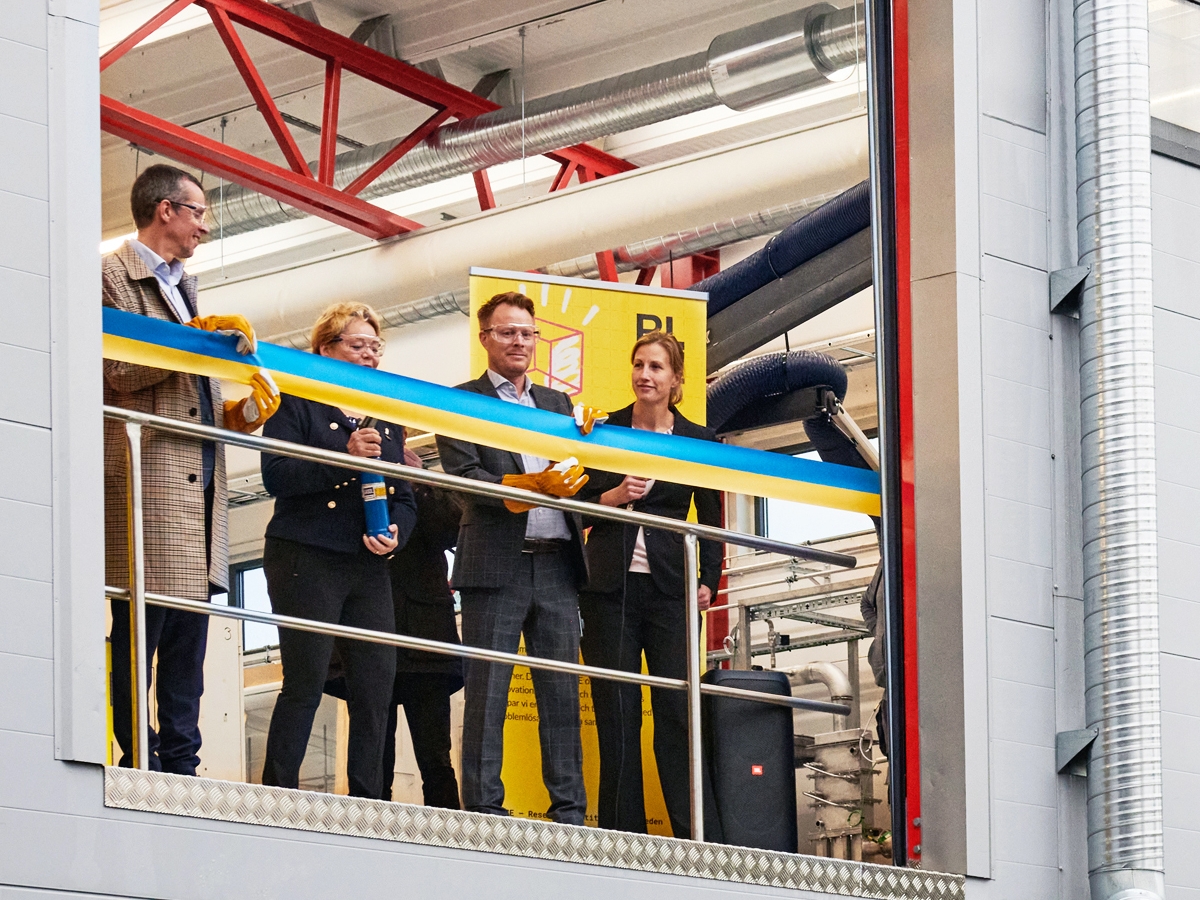 RISE
RISE ©AnnaStrom
©AnnaStrom ©AnnaStrom
©AnnaStrom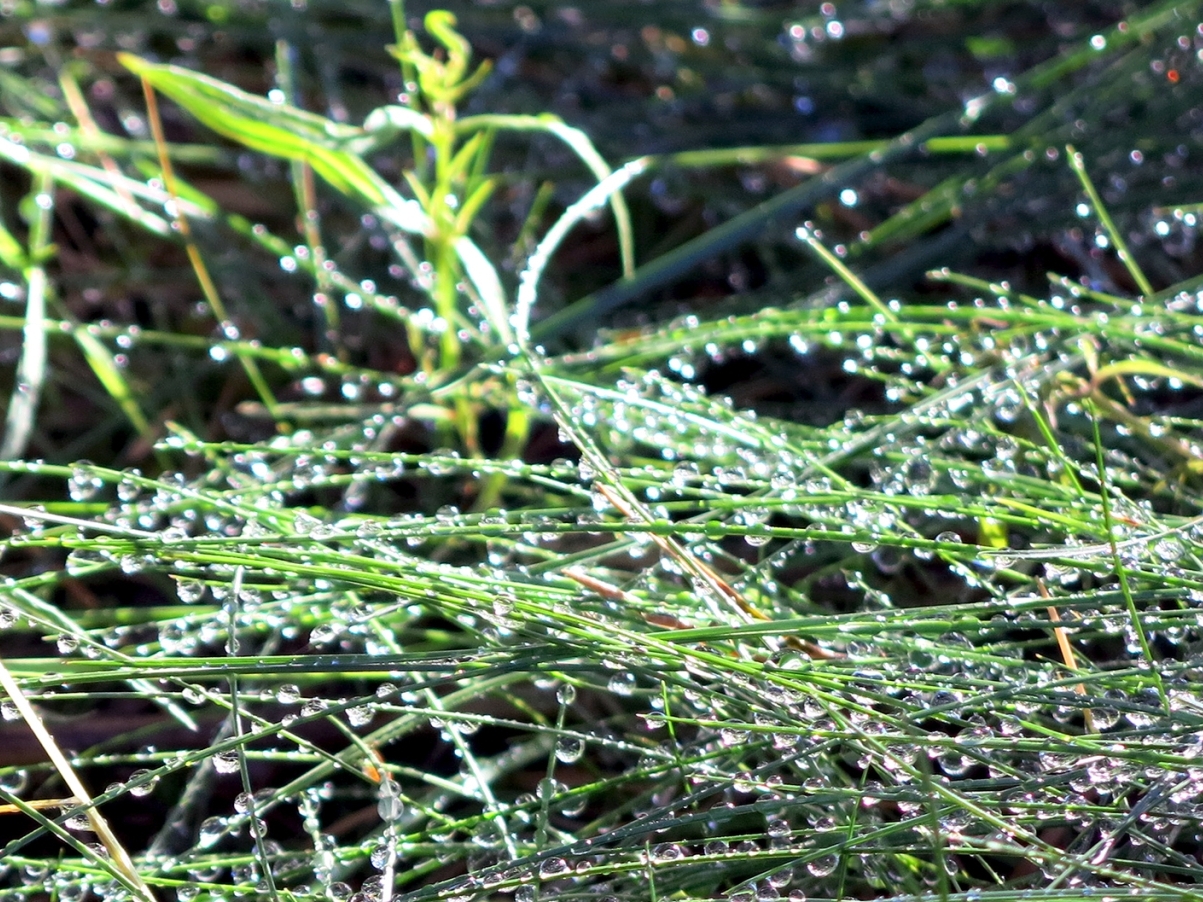 ©AnnaStrom
©AnnaStrom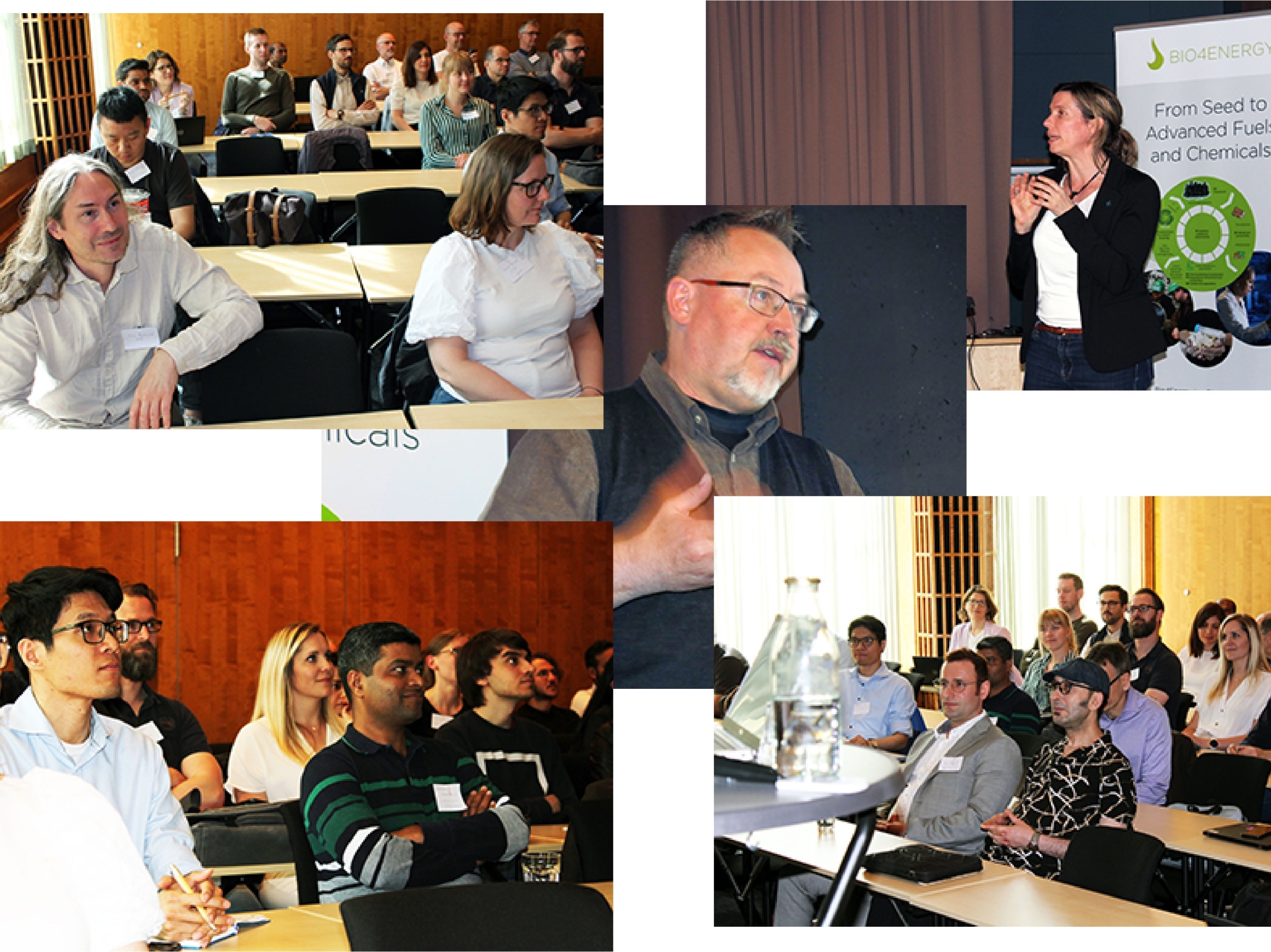 ©AnnaStrom
©AnnaStrom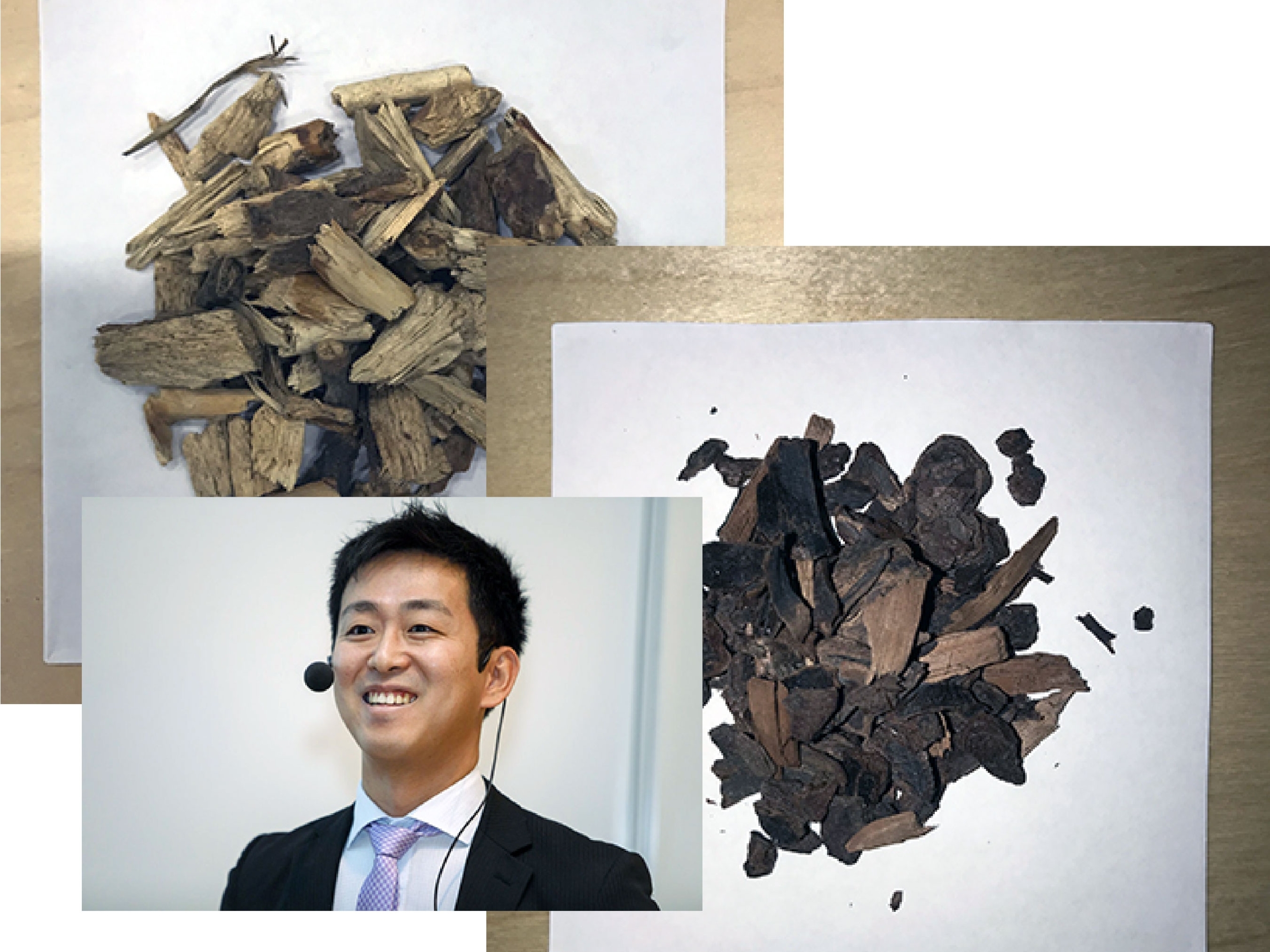 Courtesy Kentaro Umeki. Collage by Anna Strom
Courtesy Kentaro Umeki. Collage by Anna Strom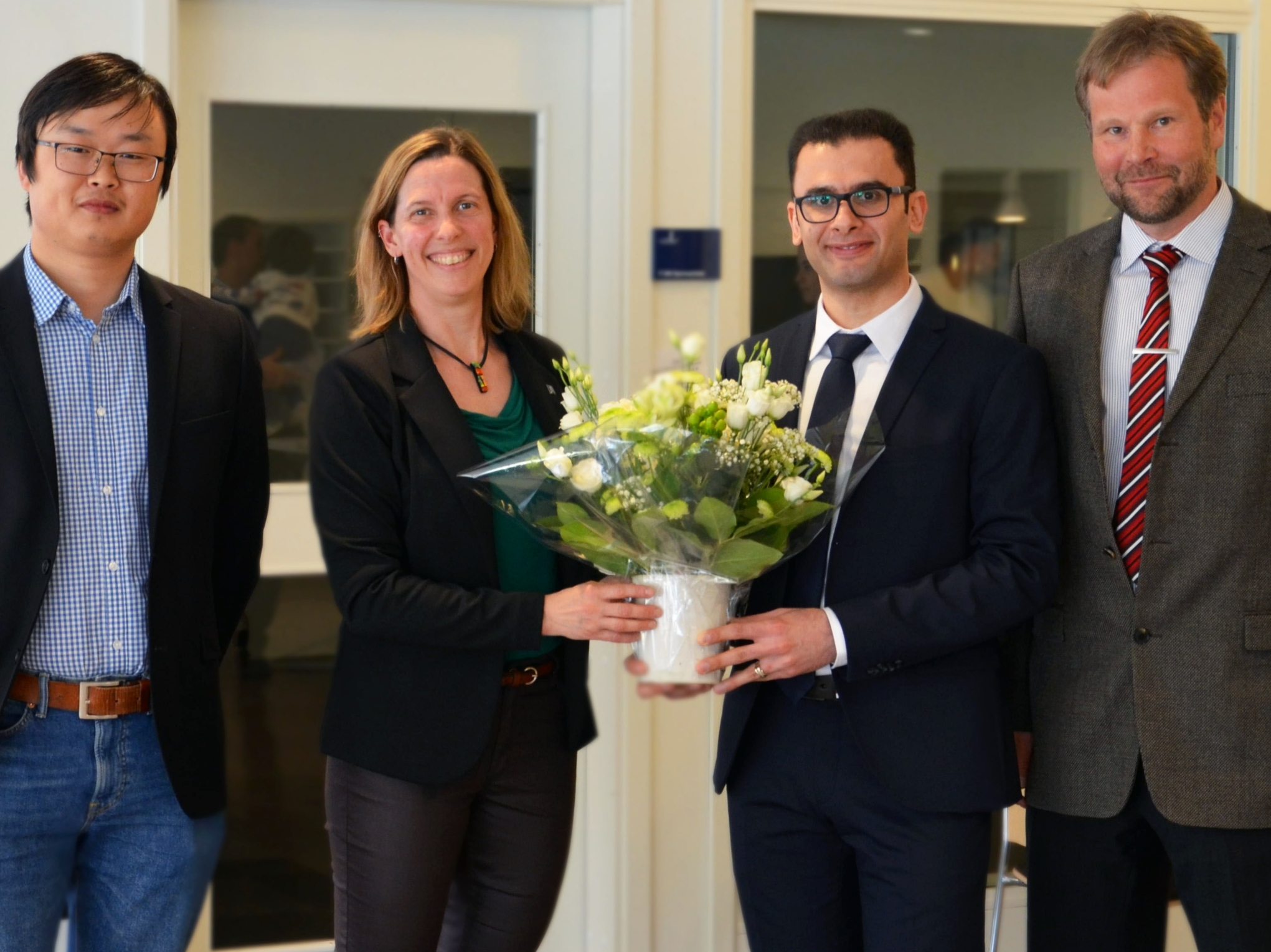 Bio4Energy 2022
Bio4Energy 2022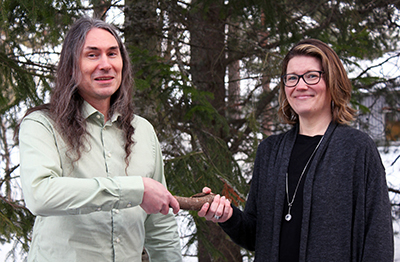
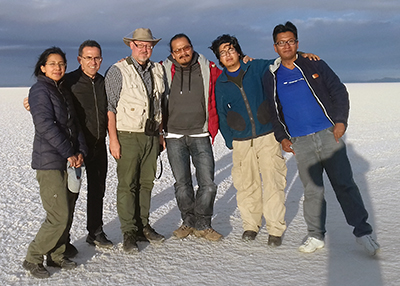 Bio4Energy ©2022
Bio4Energy ©2022



